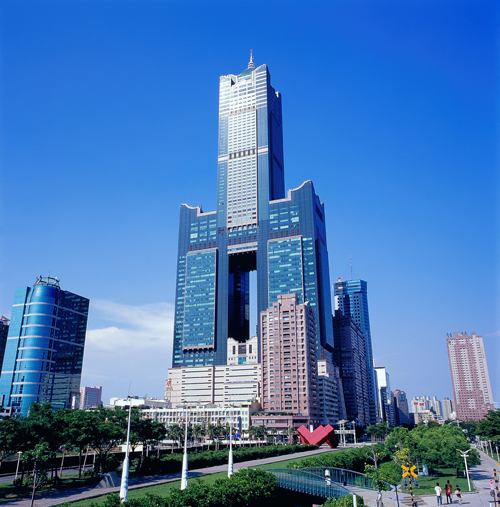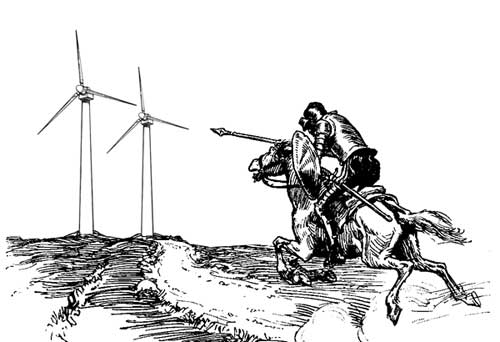3/28/2012
Coming into this documentary, I was curious mainly because I knew almost nothing about it. Cuba is generally sheltered from American scrutiny and most easily categorized along with such states as Iran and North Korea. Although we may not want to take their political systems as a measuring stick for success, their are still many things we can learn from each of them. Cuba's unusual situation that arose from the fall of the USSR provides an excellent microcosm with which to study a phenomenon that many believe will have a staggering impact on the world and should not be ignored.
 |
| The family sedan. Revisited. |
No More Free Parking
Peak oil refers to the time when the amount of oil we produce hits a wall and can't meet our growing demand. Our discovery of new oil wells will begin to decrease along with production (wells begin losing pressure and produce oil more slowly over time), creating a widening gap between supply and demand and ostensibly thrusting our petroleum-coveting economy into a desert without a drink. Such a convincing argument for translating our economy's energy dependence to another source was surprisingly first introduced by M. King Hubbard, a scientist at Shell's research lab in Houston (or maybe unsurprisingly considering we all know oil companies are hiding oil reserves to feign scarcity! wink, wink...). It didn't take much time for this to quickly pass in and back out of the attention of the general populace, but has held traction in academic circles. In some ways this is reminiscent of the treatment that global warming and climate change received in America before it was brought fully into the public eye by cultural influences such as "An Inconvenient Truth" and various studies too disturbing to ignore popping up in major news sources across the country.
 |
| Cuba relied heavily on oil imports from the USSR |
When the USSR collapsed in 1989, everybody was so focused on the ultimate victory of democracy and the repercussions affecting other major powers throughout the world that few noticed that Cuba's umbilical had been severed. With the US's no-nonsense trade embargo firmly in place, imports dropped drastically and there were shortages of everything from food to electronics to, you guessed it, oil. With no one to turn to, Cuba was forced to turn even further inward and effectively fend for itself.
Despite its poverty, Cuba's entire infrastructure (e.g. transportation, farming, industry) was reliant on oil imports from the USSR to function. Forget creature comforts like massage chairs and PS3, without oil to run busses bringing people to work, farming equipment producing food, and power plants providing electricity for basic needs, everything came to a screeching halt.
Revival
 |
The "Camel" became the
go-to mass transit |
 |
Farmers turned from tractors
to ox-driven plows |
Here is where this documentary shines. Understanding that, like Cuba in 1989, globalization has interconnected individuals, groups, and countries while simultaneously isolating the world as a whole, it asks, "Who will we turn to when we run out of oil?" The answer is a utopian paradise filled with permaculture and communist communities that even hippies from the darkest depths of Oregon can appreciate. Transportation woes were solved with limited public transportation, mass distribution of Chinese bicycles, and the use of animals such as horses and donkeys; food shortages were held at bay first temporarily with government rations and private backyard gardens, and later with the reinvention of the farm as localized and organic; and basic electricity needs were filled with renewable energy such as solar panels on private residences.
 |
Limited transportation and digital entertainment has
unintentionally brought communities closer |
Scary Red: Community in Communism
 |
| Backyard gardens first provided food |
 |
| Local city farms later stepped in |
There was truly an incredible transformation in Cuban society that reaches far beyond just these changes. Their society, forced into action, completely reinvented itself as a self-sustaining, agrarian collective; even going so far as becoming a major exporter of organic fertilizer and permaculture experts. Locally grown meat and produce provide a much healthier source of nutrients than a diet chock-full of preservatives and hormones, while getting around town walking or bicycling fights obesity and heart problems. The most revelatory of all these changes, however, was not what they developed, but what they still lacked. Without the slew of distractions that are keeping people watching TV, playing video games, or reading blogs (yes, you), Cubans turned to music, sports, and the art of conversation among others to entertain themselves (I'd like to add that I've noticed in my own life how antisocial a cool, comfortable, air conditioned room can be). The effect of this was building a communities where everybody knows their neighbors, people are outside together constantly, and thoughts and ideas and traded in person.
But...
 |
| Solar panels provide basic electricity |
Enter overly positive conclusion as a communist paradise. The unfortunate truth about all this is that they are living in shambles. They take turns running lightbulbs from the solar panel outside, ride a donkey to plow their fields, and bicycle to work in a suit on the surface of the sun. Now try to imagine Paris Hilton, The Situation, and Gary Busy riding in a trio down 5th Avenue on their braying asses. All the technology that keeps us happily comfortable and entertained does not exist in this world, and that is a world that will surely encounter stiff resistance coming from our decadence.
So will we revert to an agricultural lifestyle? Will we invest our way out of oil addiction with renewable energy, clean transportation, and vertical farms? Or will we do what Cuba couldn't do and filch our energy from our neighbors? I imagine it will be some combination of the three, hopefully one more than the others.
All in All
Overall, this is a very interesting documentary that brings up some ideas for change we can consider as individuals and as a society. It is also good to remember that even if Biggie and Tupac are living together in the lap of luxury in Belize and the oil companies are hiding oil reserves from us, the world's oil supply is finite regardless of how far we are from the end. I definitely recommend this film to anyone interested in peak oil, energy, or Cuba, and in particular to anyone interested in permaculture and sustainable farming.






 Alternative energy has long fascinated me as both an avid technology reader and a clandestine activist, but practicality prevents me from completely embracing the green paradise that this movement is running towards. Solar and wind sound great, but a complete transformation in the timely fashion required to mitigate climate change would cause massive blackouts, economic distaster, and widespread famine. The world, however, is becoming aware that the supply of fossil fuels is finite and the atmosphere cannot sustain indefinite abuse. Simply because of sheer necessity, it seems our only path is an inexorable advance to a society completely run on renewable and clean energy; the only remaining questions being when and how.
Alternative energy has long fascinated me as both an avid technology reader and a clandestine activist, but practicality prevents me from completely embracing the green paradise that this movement is running towards. Solar and wind sound great, but a complete transformation in the timely fashion required to mitigate climate change would cause massive blackouts, economic distaster, and widespread famine. The world, however, is becoming aware that the supply of fossil fuels is finite and the atmosphere cannot sustain indefinite abuse. Simply because of sheer necessity, it seems our only path is an inexorable advance to a society completely run on renewable and clean energy; the only remaining questions being when and how. The main reasons we cannot make the shift this minute of this hour of this day are all related to feasibility in one sense or another. In the case of solar energy, this has to do with high prices and low yields, needing more time and widespread application to improve the technology and let economies of scale drop prices. Wind is in slightly better financial standing than solar, but faces a lot of resistance even by its most ardent supporters like the Kennedy's and John Kerry (who later flip-flopped, cementing his record as one of the best) when its in their backyards (or in this case, in view of their Martha's Vineyard mansions). Nuclear has come a long way with new safety measures and nuclear reprocessing limiting waste, but these are being implemented too slowly and most reactors are still using out-dated technology.
The main reasons we cannot make the shift this minute of this hour of this day are all related to feasibility in one sense or another. In the case of solar energy, this has to do with high prices and low yields, needing more time and widespread application to improve the technology and let economies of scale drop prices. Wind is in slightly better financial standing than solar, but faces a lot of resistance even by its most ardent supporters like the Kennedy's and John Kerry (who later flip-flopped, cementing his record as one of the best) when its in their backyards (or in this case, in view of their Martha's Vineyard mansions). Nuclear has come a long way with new safety measures and nuclear reprocessing limiting waste, but these are being implemented too slowly and most reactors are still using out-dated technology.








